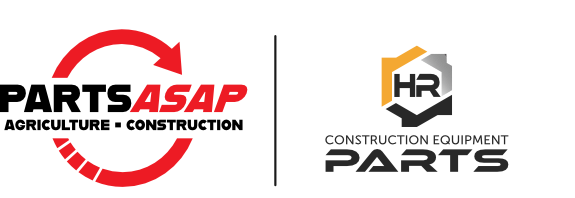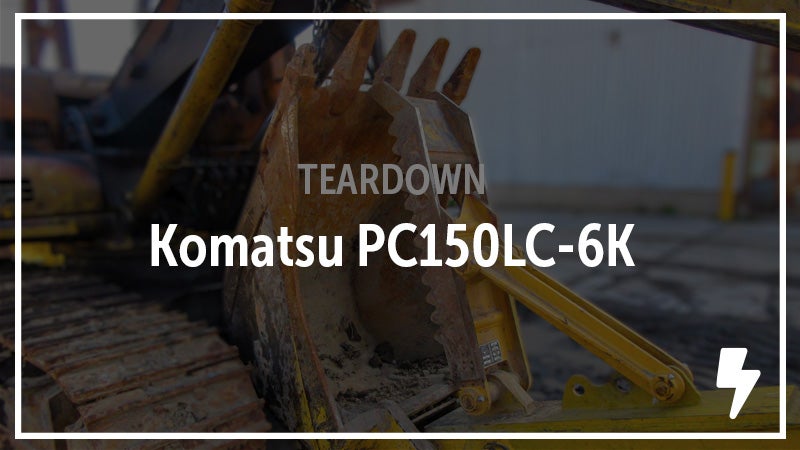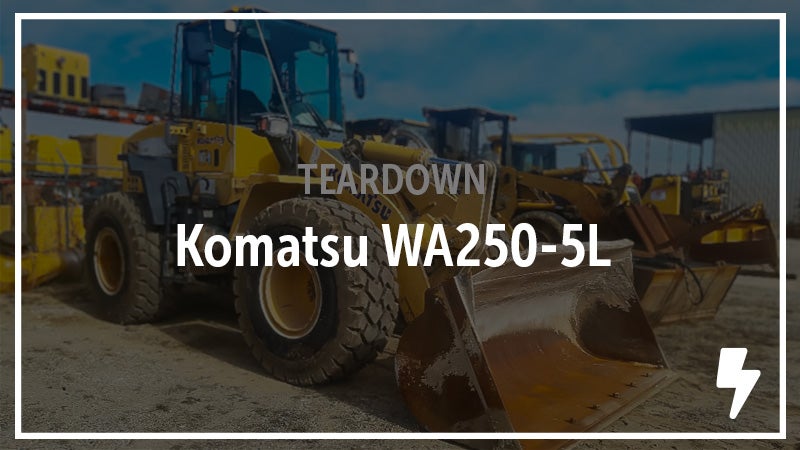
Interactive Dozer Diagram: Search and Learn About Dozers
Since their invention, few machines have had such a literal impact on transforming the landscapes of the world as the dozer. This heavy-duty workhouse of ground-shaping power has been at the center of the biggest and boldest construction undertakings and today it is common across project sizes and types. While the crawler dozer of today is constantly evolving to better perform its job and adapting to further its applicability, much of the design of the dozer remains fairly true to its origins.
Whether you’re a devoted dozer master yourself or you’re simply in search of more dozer smarts, read on for a short explanation of some of the major parts of this machine and how they all work together to shape the world around us.
Dozer Parts Diagram
Click a part or a label to learn more about the part, its function on a dozer, or to see and search that specific part at H&R.
❱❱ Blade
Much more than a one-size-fits all part, dozer blades are built and designed in a number of unique ways to accommodate the different types of work being performed by dozers, the materials being handled, and a balance of reinforcement and efficiency. At the bottom of the dozer blade, a replaceable cutting edge allows for the most high-worn part of the blade to be routinely replaced while extending the life of the overall blade.
❱❱ Radiator
Keeping a dozer engine cool during long bouts of work, during long and intense pushes, and in extreme temperatures is no easy task. At the front of a dozer, a radiator allows for fast moving air to dissipate heat from the cooling system. In dusty and dirty conditions, an operator has to be sure the radiator never becomes covered in debris to prevent it losing its efficiency and reducing the ability of the machine to cool itself.
❱❱ Blade Lift Cylinders
Depending on the type of blade, a number of cylinders connected to the blade allow an operator to position the blade. The hydraulic blade lift cylinders extend and retract to set the overall height of the blade. A knowledgeable dozer operator can expertly control the height of the dozer blade to perfectly sculpt and shape the ground — sometimes with the help of smart equipment in the cab.
❱❱ Engine
Digging into hard-packed ground, piling heavy materials, and pushing large equipment requires a high degree of power. At the heart of a dozer, its engine is designed to generate enough pushing power for the tasks at hand while also balancing for size and efficiency.
❱❱ Transmission
A crawler dozer isn’t built for speed, but still a transmission on a dozer allows the machine to balance speed and torque. Through the switching of gear ratios, the transmission allows an operator to configure the speed and torque of the engine output as it is sent to the drive system. Increasingly, a hydrostatic transmission replaces mechanical parts with a fully hydraulic system which can lead to increases in efficiency.
❱❱ Cab
The operator of the dozer controls the machine from a well-protected, comfortable, and (often) high tech station. Dozer cabs must be designed to balance reinforcements for operator safety with the visibility needed to actively monitor the environment around the machine. Ever-increasing technological advancements in the cab help the operator use GPS systems and advance measuring systems to perfectly perform their work. In the most dangerous situations, some dozers even allow the dozer to be safely operated remotely.
❱❱ Pumps and Valves
A number of pumps and valves in the belly of the dozer control the flow of hydraulic fluid, cooling fluid, and fuel as it is cycled to various parts on the machine. Many of the hydraulic parts on a dozer are especially critical to the machine’s proper operation so hard-working pumps and valves must be designed to perform under rigorous and demanding conditions.
❱❱ Ripper
The most common rear implement on a dozer is a ripper. The ripper features heavy-duty shanks that can be inserted and retracted to cut into the soil and break up hard or frozen ground to allow the dozer or another machine to more easily move it with a blade on another pass.
❱❱ Ripper Cylinder
The height of the ripper, and in turn the depth of the ripper’s shanks, allow the operator to control how deep the claw-like elements of the ripper dig into the ground. The operator must set the depth to ensure the shanks dig deep enough into the ground while not overpowering the machine and ensuring the work can be done in the least number of passes for efficiency.
❱❱ Final Drives
Final drives on a dozer use a system of planetary gears to turn a sprocket and advance the dozer’s tracks. The final drives are the final point for transferring power output from the drive system into the high torque energy required for many dozer tasks.
❱❱ Sprockets
Sprockets connected to the final drives of the dozer feature a number of teeth that connect into the track system of the dozer and propel it forward or backwards. The sprockets operate in a high friction environment and must be replaced as the teeth wear. Overly tensioned tracks or operating the machines too much in reverse can cause the sprockets to wear faster and require them to be replaced sooner.
❱❱ Track Groups
Though not all dozers use a tracked system, tracks are commonly found on most dozers. The tracks on a dozer consist of a number of trackshoes linked together to allow the track to rotate around the sprocket and idler wheel. Grousers (flared metal cleats) interact with the ground and provide different levels of traction and can be designed for different working or ground conditions. On smaller dozers, rubber tracks can be utilized to minimize impacts to surfaces and reduce weight.
Learn More About a Dozer Undercarriage
❱❱ Rollers
Rollers spread along both the upper and lower parts of the tracks help the track rotate, ensure the entire track keeps its shape, and keep the tracks properly aligned.
❱❱ Track Springs
The tracks of a dozer are designed to work at specific levels of tension — too tight and the track can wear too quickly, too loose and the track could lose efficiency and even come loose. Track springs and track tensioners set the tension of the tracks of the dozer. Since the tension of the tracks can be influenced by issues like ground conditions or the accumulation of debris in the tracks, the tension of the tracks must be periodically monitored and adjusted accordingly.
Learn More About Track Springs
❱❱ Idler Wheels
At the front of the tracks, an idler wheel is connected to a track tensioner and helps set the tension of the tracks, direct the rotation of the tracks, and keep the track aligned. On tracks with an elevated final drive and sprocket, an idler wheel exists at the front and rear of the tracks.
❱❱ Tilt Cylinders
Tilt cylinders attached to the blade allow the pitch of the blade to be controlled from inside the cab. Through adjustments by the tilt cylinders the cutting angle of the blade can be adjusted to influence how the blade interacts with terrain.
Hopefully, this brief overview of a dozer and its parts has led to you picking up a little more dozer knowledge and a better understanding of what some of the most important parts of a dozer do.
If you’ve landed here in search of more than just knowledge, and you need help finding the answer to a part problem, we’re here to help with that, as well. As a top dismantler of dozers, our Parts Specialists are your resource for fast parts searches and reliable parts solutions. When you contact us, we’ll search our deep inventory of new, reconditioned, and used dozer parts to find you the part that will get you back up and running. Just drop us a line.
Dozer Parts Diagram Image



